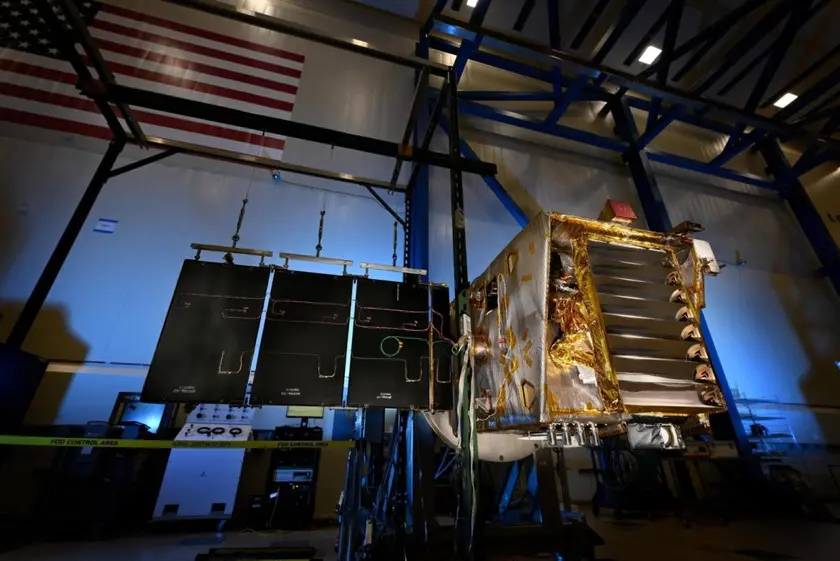T4K3.news
Artemis 2 advances in lunar mission prep
Orion moves toward a crewed lunar flight with LAS installation and SLS integration on track for 2026
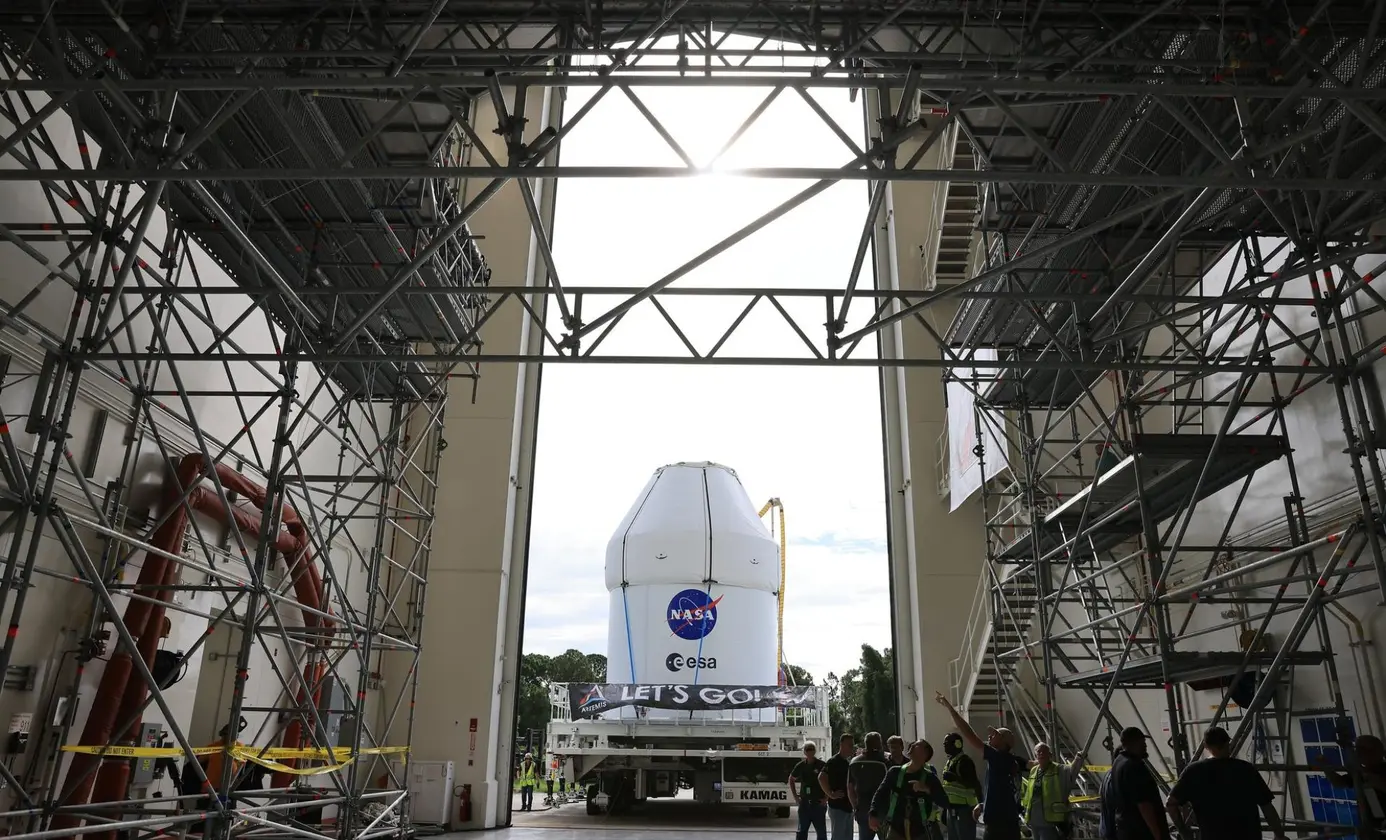
NASA moves Orion closer to a crewed lunar flyby, detailing prep steps, crew, and a cautious launch window.
Artemis 2 Orion Advances Toward Lunar Mission
NASA says the Orion spacecraft has completed propellant loading and is moving through prelaunch checks as it transitions from the Multi-Payload Processing Facility to the Launch Abort System Facility at Kennedy Space Center. Engineers will install the Launch Abort System, a 44-foot assembly designed to pull the crew capsule away from the launcher in an emergency. After this, the full Orion stack will be transported to the Vehicle Assembly Building for final integration with the Space Launch System rocket. Officials have kept a target window of February to April 2026 for Artemis 2, though they stress safety comes first.
The crew for Artemis 2 includes Reid Wiseman, Victor Glover, Christina Koch, and Jeremy Hansen, four astronauts who will fly a roughly 10-day mission around the Moon. Training has included suits-on tests and life-support checks to ensure readiness for the harsh conditions of deep space. Artemis 2 is the first crewed lunar flyby since Apollo 17 in 1972, and it serves as a bridge to NASA's plan for a sustainable presence on the Moon and future crewed missions to Mars.
Key Takeaways
"Orion will carry astronauts safely toward the Moon"
Direct note on safety goals for the crewed flight
"Safety first means patience over speed"
Editorial reflection on program pace
"This mission marks a new era in crewed lunar exploration"
Highlighting historical significance
"Integration with SLS is the final bridge to liftoff"
Technical milestone ahead of launch
The advances show NASA leaning into a careful, incremental approach rather than rushing a launch. The sequence from propellant loading to abort-system installation and final integration highlights the program's emphasis on safety and system reliability as a foundation for long-term lunar ambitions.
The international aspect is notable with Canadian astronaut Hansen joining a US-led crew, underscoring Artemis's global collaboration. The timeline remains aspirational, with delays possible as complex systems are vetted, but the roadmap is clear: test, validate, and then fly. The mission will set a tone for future lunar work and inspire a new generation of space fans.
Highlights
- Momentum with caution is the real win
- Patience beats hype when spaceflight is on the line
- Four crew members, one mission around the Moon
- Testing today liftoff tomorrow history in the making
The road ahead will test pace and patience as much as propulsion
Enjoyed this? Let your friends know!
Related News
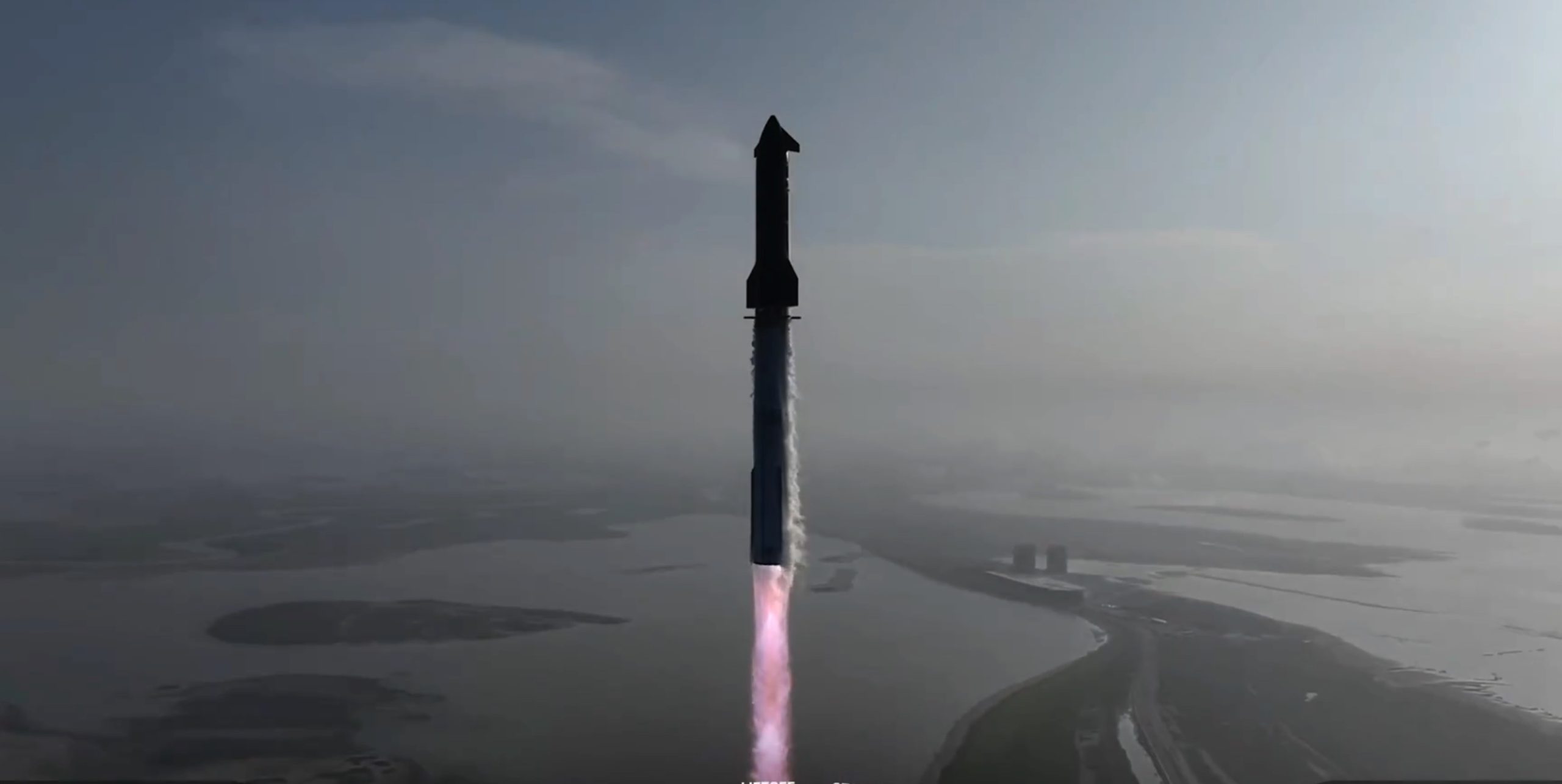
Space collaboration defines the next decade
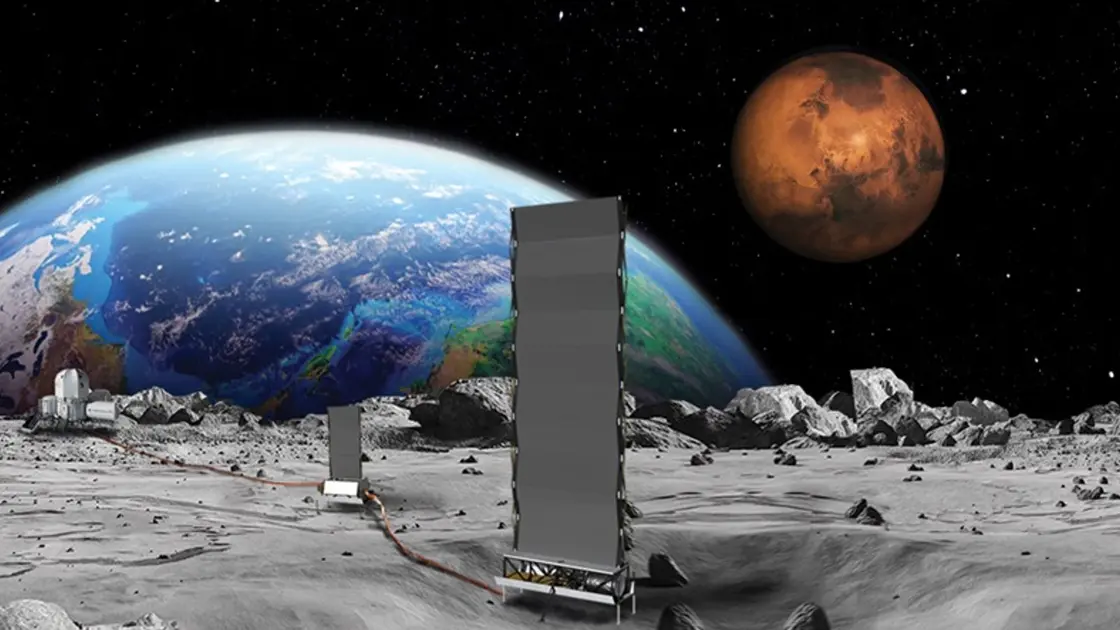
NASA plans to send nuclear reactor to the moon by 2030

NASA selects instruments for Artemis Lunar Terrain Vehicle
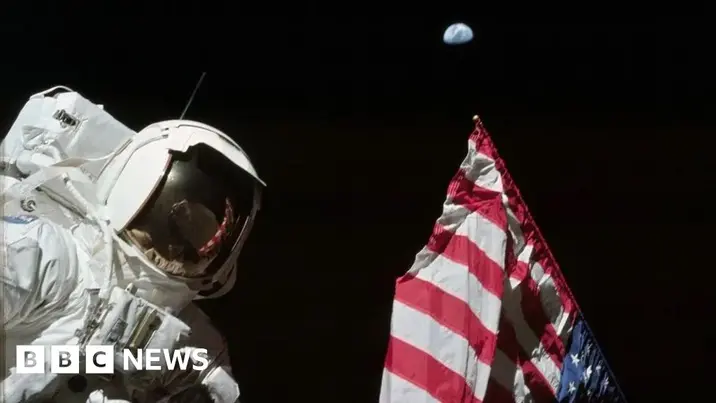
Apollo Moon veterans remain as Artemis advances
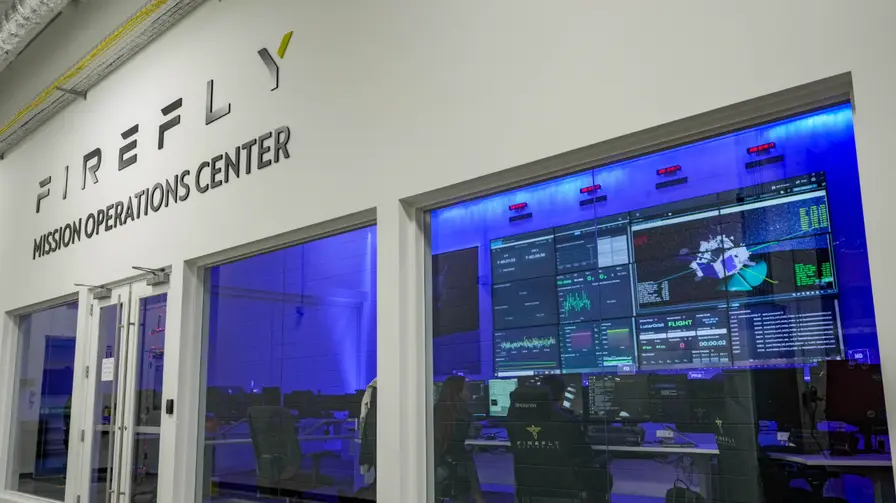
NASA awards Firefly Aerospace $177 million lunar mission contract
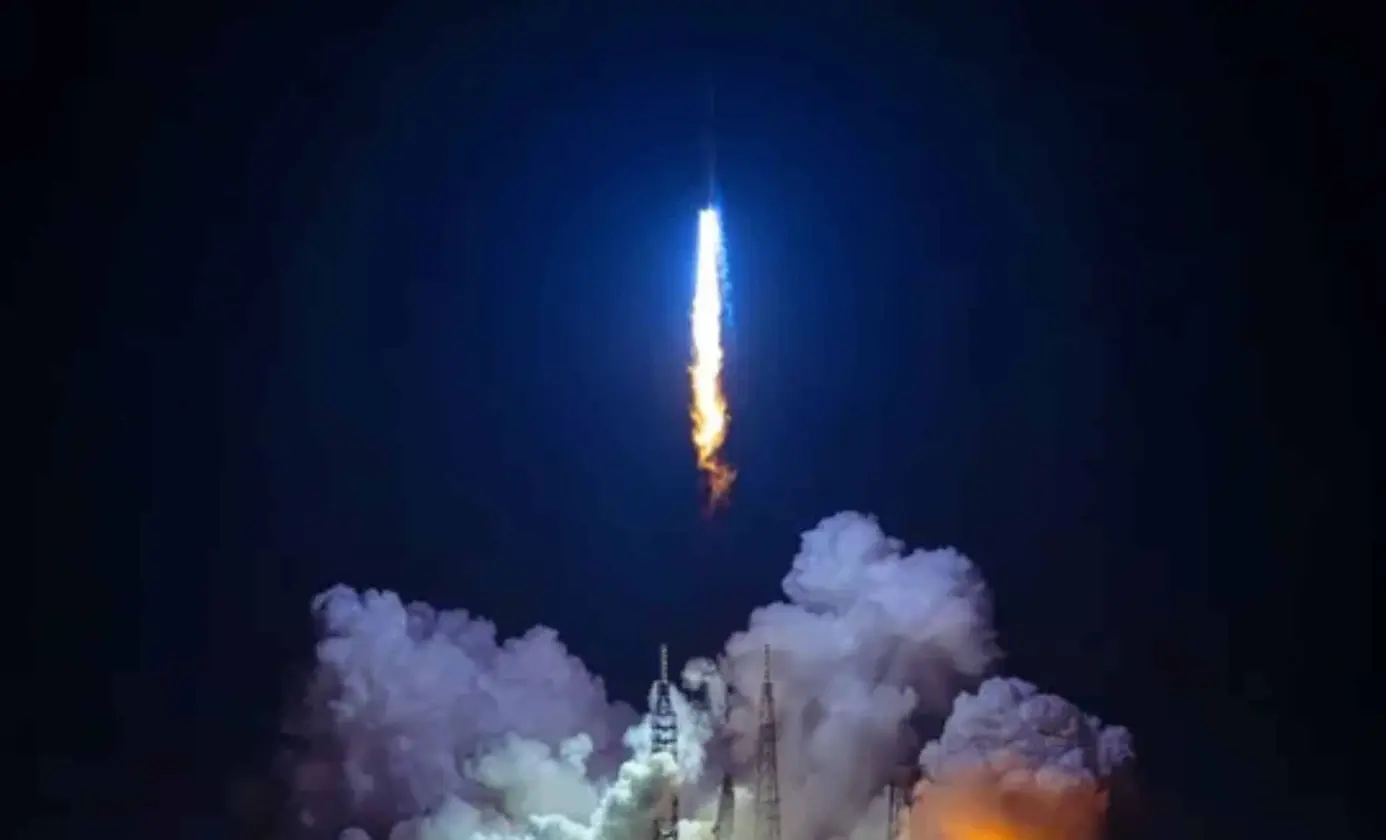
New Glenn Launch to Carry NASA's ESCAPADE Mission
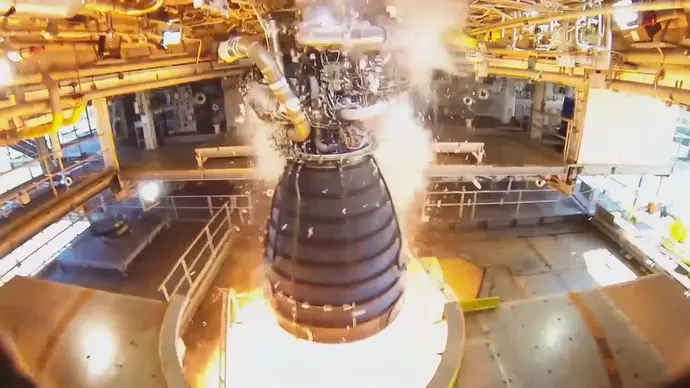
Artemis moves forward with domestic engines
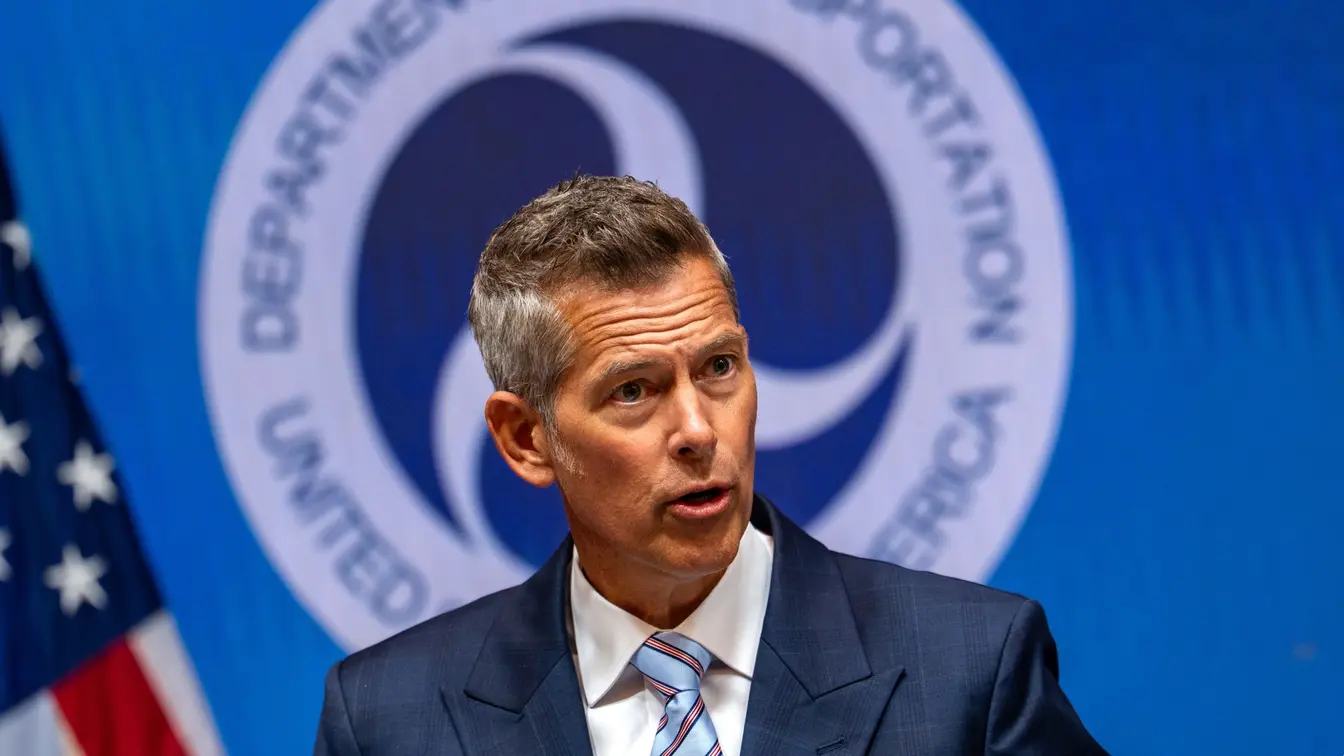
NASA plans nuclear reactor on the moon by 2030
